The 5 Watches Most Often Misattributed to Gérald Genta
There is little doubt that Gérald Genta is the most famous watch designer in modern history, having designed the Universal Geneve Polerouter, Rolex King Midas, Omega C-Case, Bvlgari-Bvlgari, Audemars Piguet Royal Oak, Patek Philippe Nautilus, IWC Ingenieur SL, Credor Locomotive, and countless other luxury watches. But Genta worked for so many brands that there is often some confusion and debate about which particular models he designed. Here’s my list of the top 5 luxury watches most often misattributed to Gérald Genta.
Rolex 1530/1630/Oysterquartz
Year Released: 1974
The Real Designer: Rolex staff
The Rolex 1530 and 1630 both appeared in 1974 with integrated bracelets and more angular cases than a typical Rolex Oyster. These designs were likely intended for Rolex’s then-new thermocompensated quartz movement, but developing that quartz movement took years longer than anticipated–so Rolex stuck automatic movements in them in the meantime. The 1530 was steel with an Oyster bracelet, while the 1630 was two-tone with a Jubilee bracelet and fluted bezel.
Although the design has undeniable Audemars Piguet Royal Oak vibes, keep in mind that Rolex was the one who made a blocky integrated-bracelet luxury watch with a sapphire crystal first (with the King Midas in 1969).
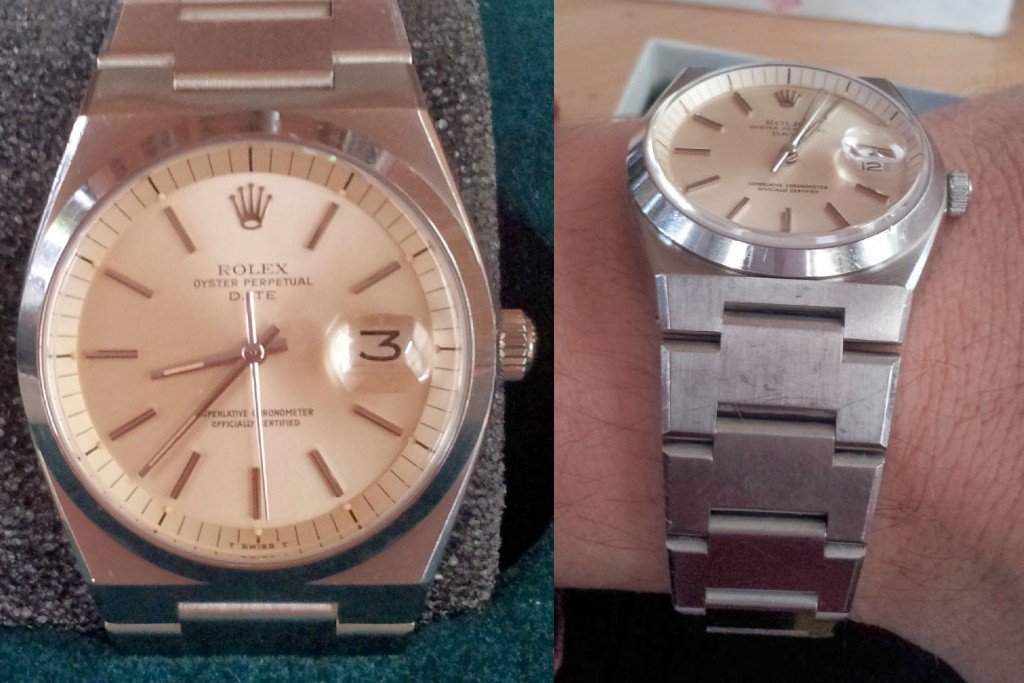
The 1530 and 1630 were replaced by Oysterquartz models (ref. 17000 and 17013, respectively) in 1978. Because the quartz movement is thicker than the automatic, the 1530 and 1630 have taller “deep dish” rehauts that fill the extra space.
In any case, Genta had nothing to do with the 1530, 1630, Oysterquartz, or any Rolex Oyster model for that matter. “I have only designed one Rolex,” Genta said in an interview with Constantin Stikas, presumably referring to the King Midas. It ended up as “part of the Cellini collection. This creation dates to the time when I used to make designs for 15 Swiss Francs.”
More on Rolex:

Girard-Perregaux Laureato
Year Debuted: 1975
The Real Designer: Girard-Perregaux staff
The first clearcut Royal Oak competitor to have a quartz movement was the Girard-Perregaux Laureato in 1975. Released just three years after the Royal Oak, people often misattribute this watch to Gerald Genta. Even more often, though, the Laureato (which is Italian for “the graduate”) is misattributed to Italian architect Adolfo Natalini for some reason. Kudos to WatchTime for dispelling that myth.
The original name of the watch was simply “Chronometer Quartz,” while “Laureato” was a nickname–but the brand officially embraced it in the 1990’s.
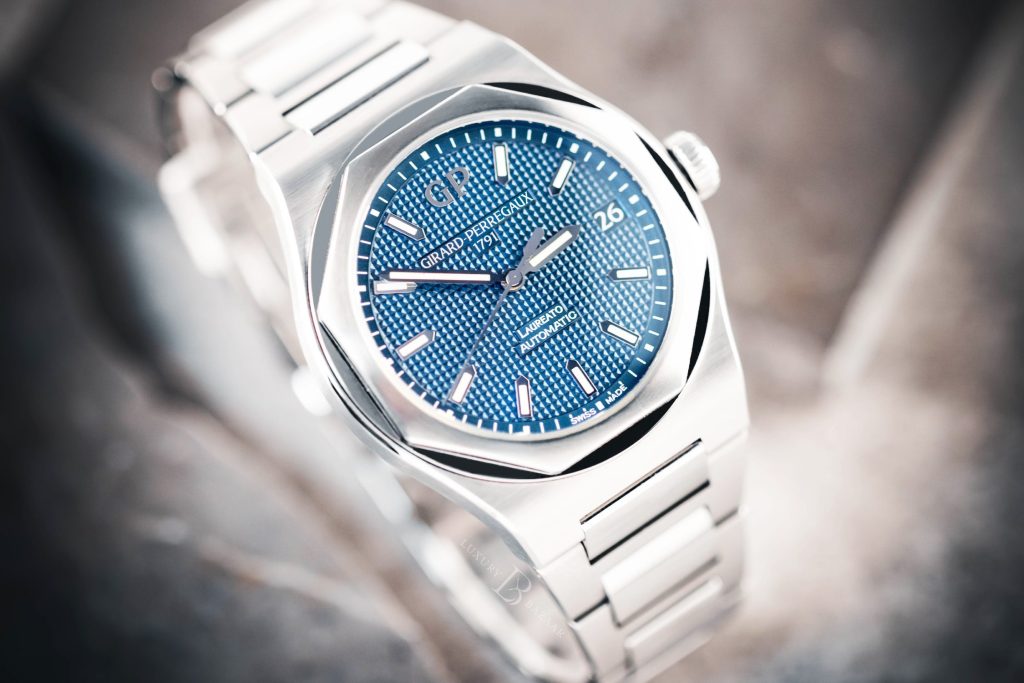
The first Laureato featured a slim 35mm case, while the majority of modern Laureato models are either 38mm or 42mm. Most versions retain the hobnail (or Clous de Paris) dial texture found on the original.
In 2003 Girard-Perregaux released a bulkier line of watches known as the Laureato Evo3. With available integrated rubber bracelets and thicker bezels, GP was clearly competing with the Audemars Piguet Royal Oak Offshore.
The Laureato lineup was nicely revamped in 2016, when the Evo3 line was dropped. But another 44mm Royal Oak Offshore competitor arose in 2019–the Laureato Absolute. As I mention in my guide to Girard-Perregaux watches, most of the GP lineup gets overlooked by collectors–but the Laureato is starting to get some love. In fact, all seven of the first 2025 Girard-Perregaux releases were Laureato models.
Vacheron Constantin 222
Year Released: 1977
The Real Designer: Jorg Hysek
When Vacheron Constantin announced a steel 222 model early in 2025, it got a lot of attention. A gold version was released three years earlier, and both are aesthetically faithful recreations of the original 37mm 1977 model designed by Jorg Hysek. It was a pivotal release for the brand at the height of the quartz crisis.
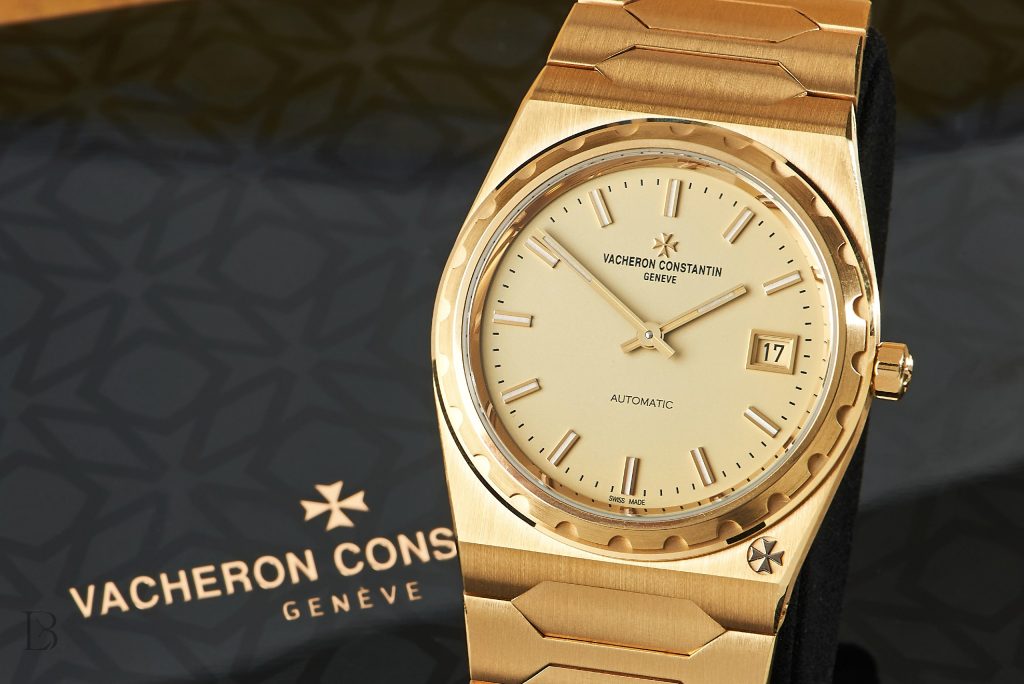
Because it’s an iconic sports watch from one of the world’s top luxury watch brands and it has an integrated bracelet, well, that’s enough for people to often say Genta’s name when mentioning the 222. But this is all Jorg Hysek. Priced at $32,000 in steel and $75,000 in 18k yellow gold, the modern 222 is positioned a step above the Vacheron Constantin Overseas.
More on Vacheron Constantin:

Bulgari Octo
Year Released: 2004
The Real Designer: Fabrizio Buonamassa Stigliani and Bulgari staff
The Bulgari Octo is probably the #1 watch most frequently misattributed to Gérald Genta. Obviously Genta is known for octagonal themes in his work–not only for the Royal Oak but also his Octogonal line that was popular in the 1990’s. Plus, the Octo was in fact first released under the Gérald Genta brand name (which Bulgari then owned) in 2004. But Genta’s involvement in the brand had ended in 2000.
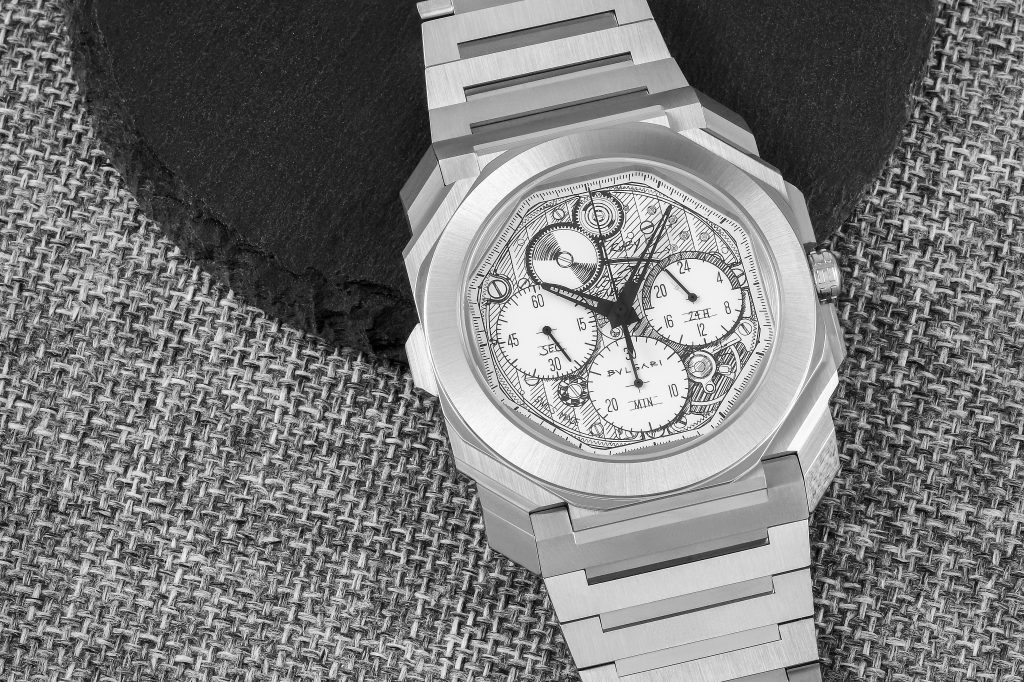
Fabrizio Buonamassa Stigliani has been head of design at Bulgari since 2001, so he (and his team) deserve credit for what we know as the Bulgari Octo today. Its shape is deceptively complex, with innumerable facets and edges, but it doesn’t give off an “overwhelming” aesthetic vibe.
Interestingly, Bulgari tried writing both Bulgari and Gérald Genta on Octo dials for a while, but by 2012 they decided to make the Octo fully belong to the Bulgari brand. The extra-thin Bulgari Octo Finissimo models, first released in 2014, get the most hype from collectors, but the regular-thickness “L’Originale” versions are criminally underappreciated. I think they’re some of the coolest luxury watches available under $5,000 secondhand these days.
More on Bulgari:

Piaget Polo
Year Released: 1979
The Real Designer: Yves Piaget and Piaget staff
Conceived in 1979 by Yves Piaget, the fourth-generation leader of the Piaget dynasty, the original Polo emerged as another response to the Audemars Piguet Royal Oak (1972) and Patek Philippe Nautilus (1976) that dominated the mechanical luxury sports watch landscape at the time. Like Girard-Perregaux and IWC (with their Ingenieur SL quartz), Piaget immediately embraced quartz technology for their integrated-bracelet sports watch lineup.
But ref. 761C701–not yet officially named “Polo”–was far from a Royal Oak clone. It’s most notable for the horizontal bars across the case and bracelet (known as “gadroons”) and its thin case (thanks to the thinnest quartz movement in the world at the time). Piaget has remained a major player in the realm of the world’s thinnest watches to this day.
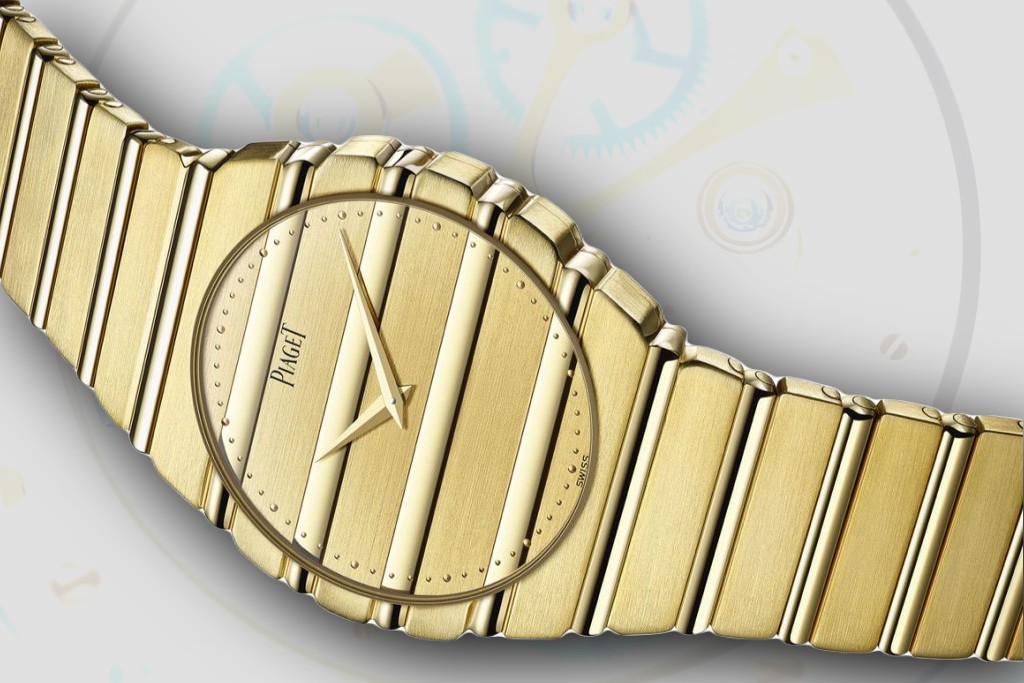
Gérald Genta did actually work with Piaget, and designed a TV-case watch for them. Apparently he even offered the sketch of what would become the Patek Philippe Nautilus to Piaget first–and they sent it back. But the Polo was a true Piaget family creation.
Although the Polo has never reached the heights of the Nautilus or Royal Oak, it has remained an important part of Piaget’s watch catalog. Piaget dropped the gadroons for a major 2016 revamp of the lineup which included the addition of the moderately popular Polo S. A reissue of the original design, called the Polo 79, was unveiled in 2024.
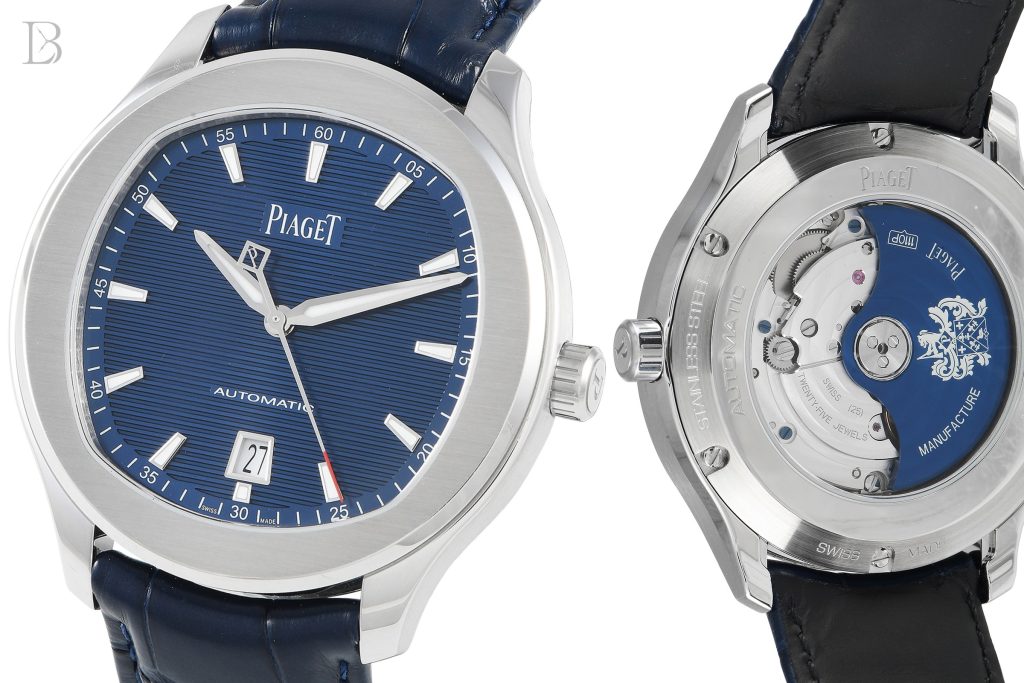
Other Watches Misattributed to Gérald Genta
While I believe these watches are the ones most often misattributed to Gérald Genta, it is far from an exhaustive list. Genta did design the Ingenieur SL for IWC in the 1970’s, for instance, but there were a few other “SL” models released around the same time that people often (wrongly) assume he designed as well. And although the IWC Yacht-Club II is distinctively octagonal, Genta didn’t design that one either.
Any watch with an octagonal bezel or integrated bracelet has probably been called a “Genta” by somebody at least once. While the maestro undoubtedly earned his mythical status in the watch world, it’s only fair that others like Jorg Hysek, Fabrizio Buonamassa Stigliani and Yves Piaget get their share of credit too.

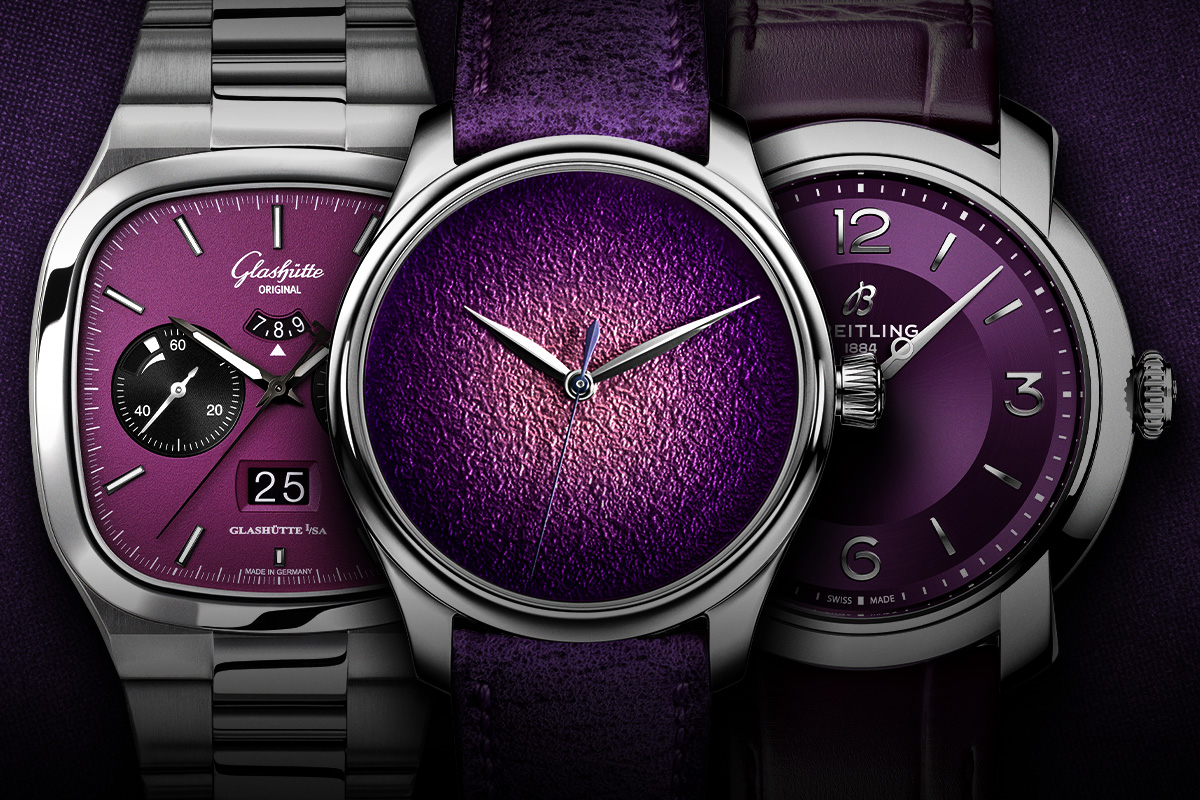
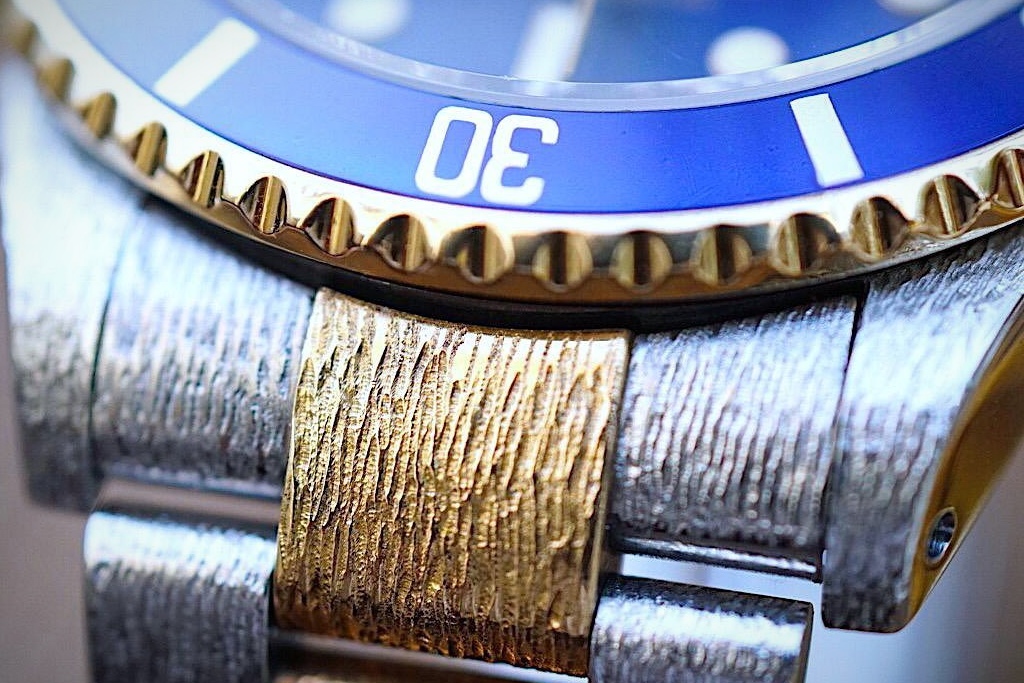
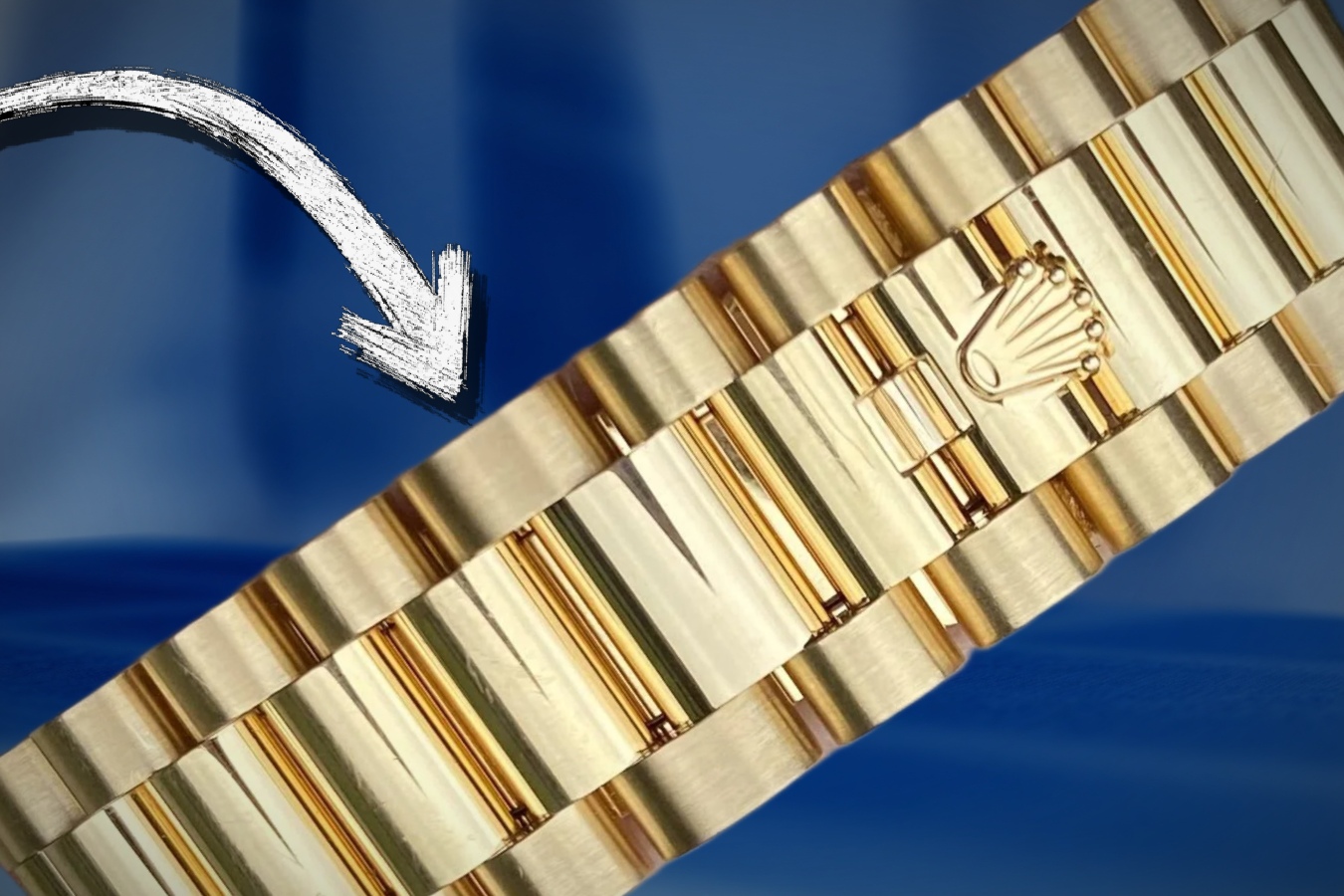


Leave a Reply